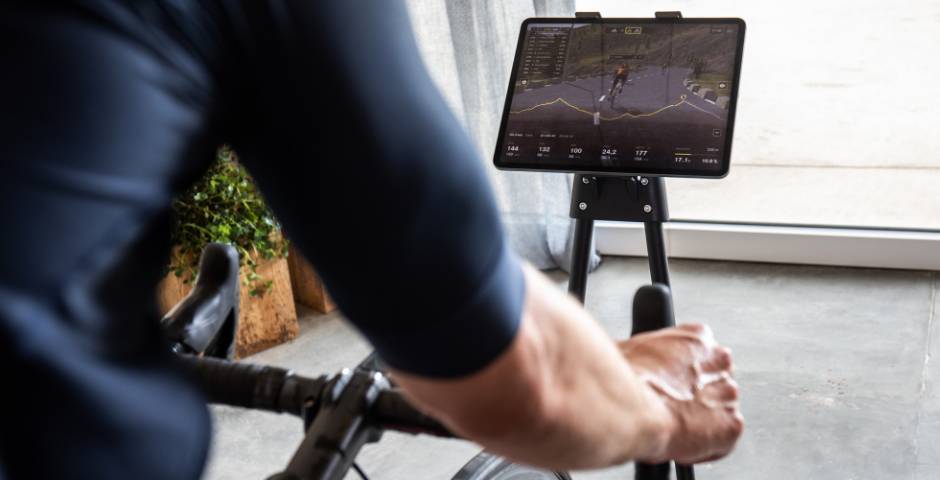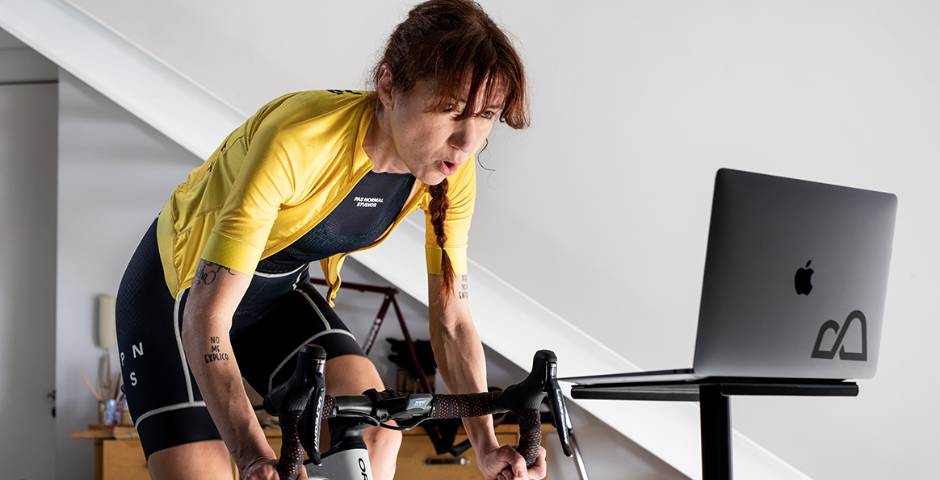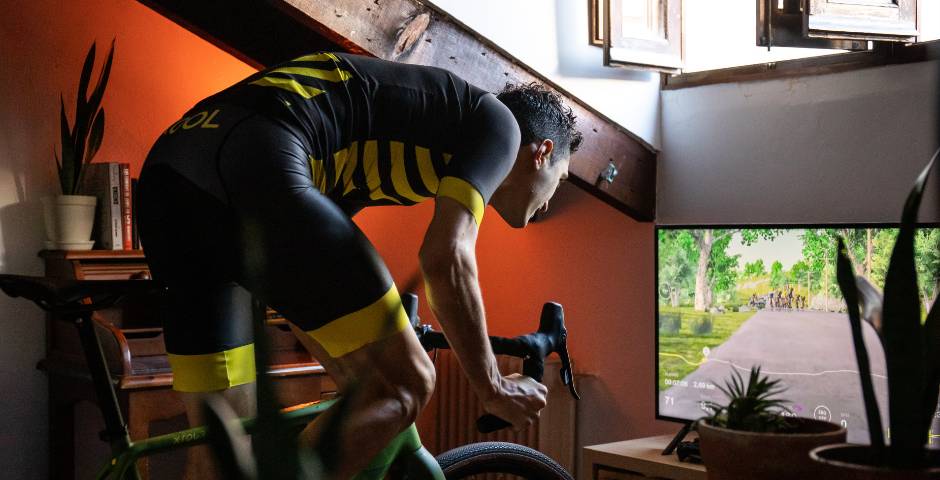Needless to say, the demand for smart trainers has exploded over the last year. The smart trainer has long been a common tool for those who have little time to train during the week; but in 2020, many other cyclists discovered that it can be an incredibly useful tool any time of the year.
If, like many others, you’ve recently started cycling seriously, this autumn may be your first training on two wheels. It’s logical, then, that you consider a smart trainer.
Throughout this article, we’ll analyze the key factors when choosing the right smart trainer for you.
What should I look for when choosing a smart trainer?
There are seven aspects to look at when buying a smart trainer:
- Noise. Depending on the time of day you ride, this can be very important for those around you. A trainer that generates too much noise can be annoying for everyone involved.
- Memory capacity. It is advisable to have a way to store the data of your sessions and keep track of them.
- Maximum watts. The more you ride, and the fitter you get, the more power you’ll generate. Make sure you get a trainer that can handle your newfound wattage.
- Resistance levels. Programs and resistance levels are also an important factor in training, so make sure the smart trainer meets your needs here as well.
- Wireless. Mobility is always a plus. The fewer wired connections you have, the easier it is to work out anywhere in the house, gym, etc.
- Price. Of course, this is always a consideration. You want a proportionate relationship between how you’ll use your smart trainer and what it costs.
- Compatibility: at BKOOL, you have the advantage that nearly all smart trainers on the market are compatible with our platform. Still, we recommend you check our list of compatible smart trainers so you get one that lets you get the most out of both the trainer and the platform.
What models of smart trainers are there?
The concept of smart trainers in cycling has evolved over the last few years. Gone are the traditional “dumb” trainers, the ones professional cyclists rode simply to cool down after a hard day of competition.
With the creation of our platform, there’s been a boom in playability and smart trainers formats. Let’s take a look at the three most important ones today:
Fluid smart trainer
Fluid smart trainers can also be smart, as long as they allow connectivity with a simulator on your phone, tablet or computer via an ANT+ or Bluetooth.
These smart trainers create resistance through a fluid (usually oil). The amount of resistance you generate is proportional to the force being exerted on the pedal. The result is a very realistic pedaling sensation.
There are some models that generate resistance through a combination of fluid and magnets. They generally cost between 250 and 450 euros.

Direct drive smart trainers
These offer the most playability and the closest parallels to outdoor riding.
Their big advantage, in addition to their ability to emulate road riding, is how little noise they generate: practically the only noise they cause is that of the chain passing through the cassette, less noise that can be produced when riding on the road.
The biggest drawback is their typically higher cost: although direct drive smart trainer prices are gradually coming down as more models are introduced, it’s still the most demanding option for the athlete on a budget.
Magnetic smart trainers
The design of this type of smart trainer is very simple: two metallic elongations provide resistance to pedaling with a roller by means of magnets and a fan. When you roll the bike wheel on top of the smart trainer, a magnetic field is generated which creates resistance.
The big disadvantage of this smart trainer is noise. It also doesn’t simulate reality as well as a direct drive unit. It is, however, most often the least expensive option.
Conclusion
Keep in mind the seven aspects above when investing in a smart trainer. If the factor that matters most to you is noise, opt for fluid. If your use is going to be occasional, maybe magnetic is more your speed. But if you want to maximize your training experience, choose direct drive.
 Go to BKOOL
Go to BKOOL





